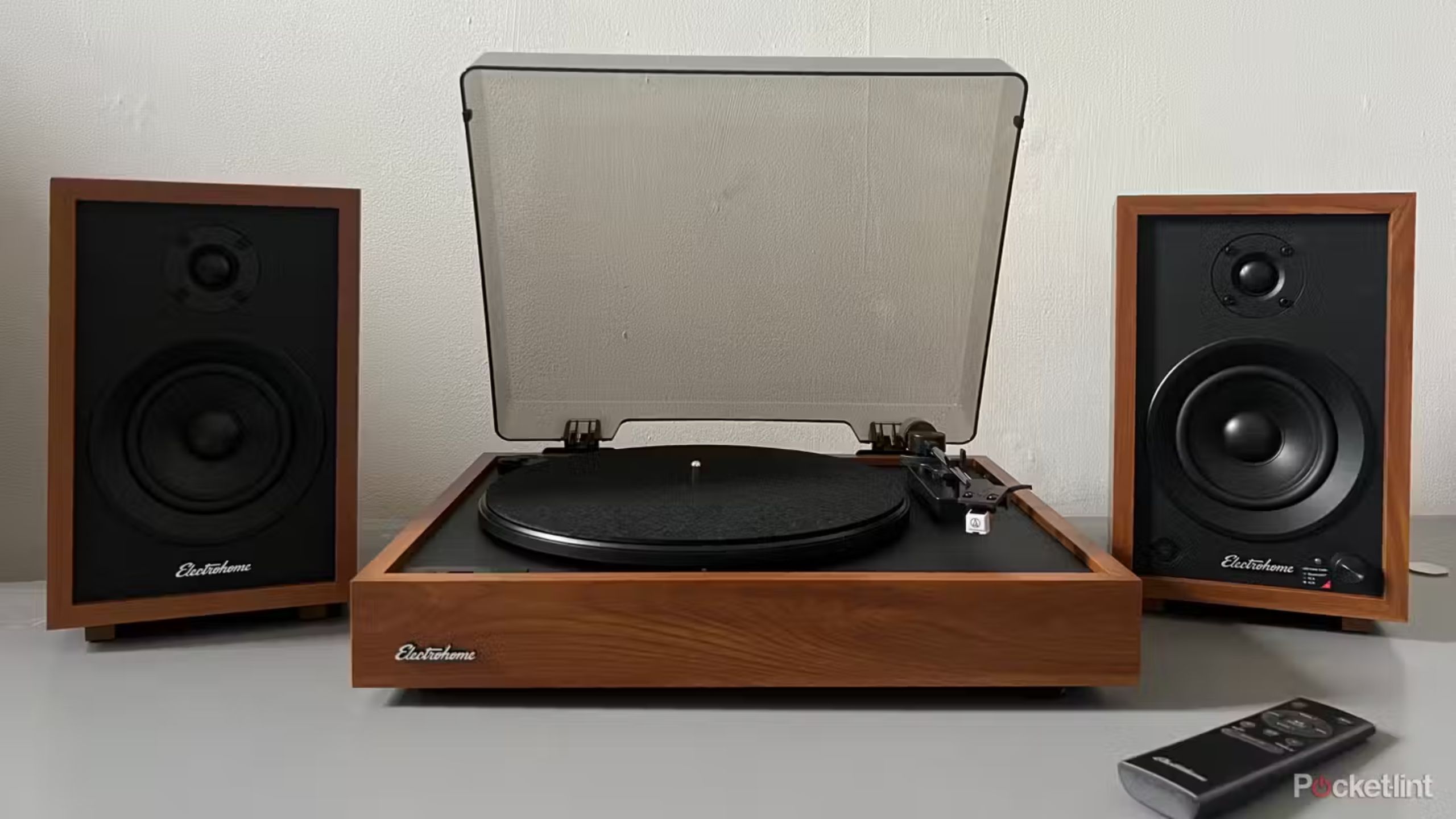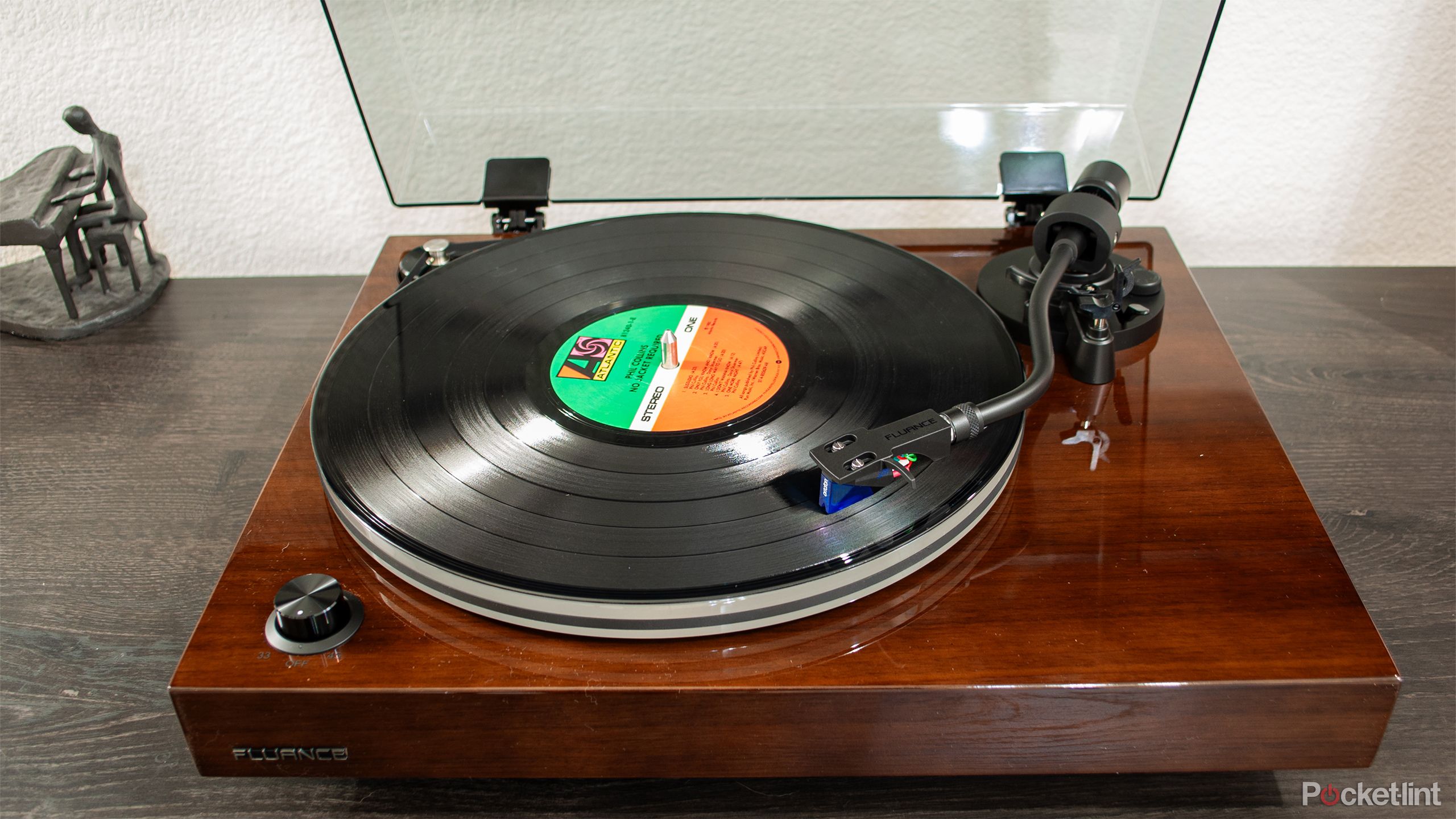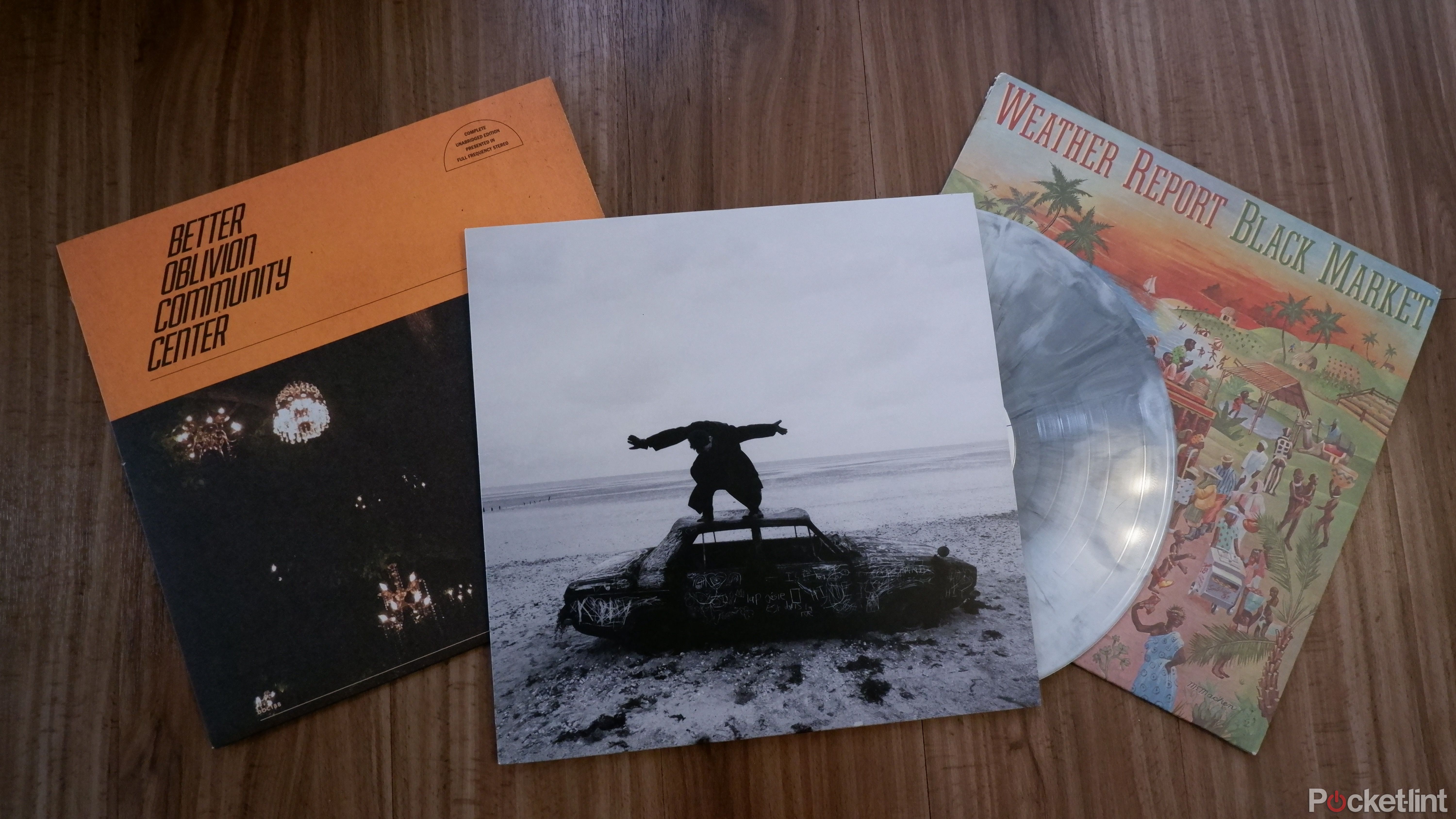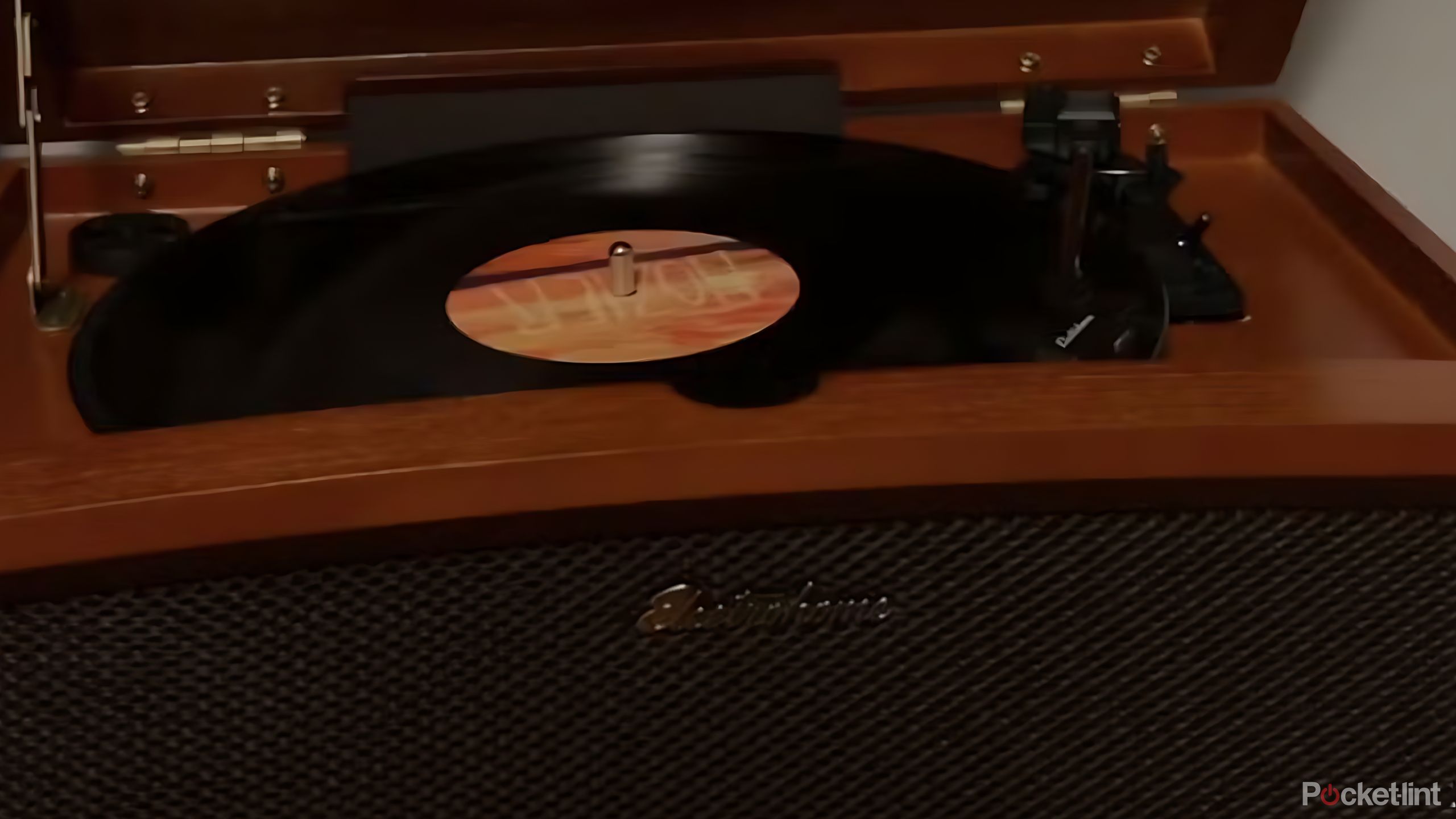Key Takeaways
- Vinyl records have a distinct sound called “warmth”.
- Listening to records is a ritualistic experience.
- Records are mastered differently, enhancing listening.
There are a lot of audiophiles out there that swear by listening to records. While streaming is the most ubiquitous way of listening to music in this day and age, audiophiles will still attest that listening to vinyl records is a superior experience, or at least a special one worth engaging in when you can.
But apart from saying it’s just better, you might wonder why exactly it’s better. There are a variety of reasons audiophiles love listening to records, and different people might place more importance on certain aspects than others. Either way, here are some of the main reasons why many audiophiles listen to vinyl records, ranging from sonic qualities to the full experience.
1 Records have a distinct sound to them
Often described as “warmth,” vinyl sounds a lot different from digital tracks
Vinyl-enthusiasts often cite the special sound of a record as the reason they love listening to them so much. By virtue of the way records are constructed and played, they have a quality to their sound that is most often described as “warm” and “present.” These are pretty abstract sounds that are hard to describe to a person who hasn’t heard them or doesn’t have as attuned an ear, but once you hear it, you’ll know it.
If you don’t want your record to develop any extraneous popping or crackling, make sure to take good care of it.
Due to the way vinyl physically changes with wear and tear, it can also have some popping and crackling qualities to it, which, while those are technical imperfections that impact the true sound of the record, they add to the character a record has. You won’t hear those sounds from a digital track unless they’re added in by a producer. It’s like the difference between buying pre-ripped jeans and ripping them yourself through years of wear.
2 The act of listening to a record can be a nice ritual
It’s more than just listening, it’s an experience
The act of putting a record on to a turntable, moving the arm, closing the lid, and pressing buttons all add a physical aspect to the experience of listening to music that streaming just can’t replicate. It’s not necessarily convenient to listen to music this way, but that’s the point. People who love vinyl records love the way you have to interact with the record, and the way it can feel like a ritual.
Like with any other ritual, this can be rather meditative, or it can set one up for a meditative experience. In the same way that brushing your teeth at night is a ritual you do to prepare yourself to go to bed, and it’s part of a larger routine that sets the stage for rest, putting a vinyl record on a turntable can be a ritual that signals a time to relax or enjoy yourself. The act of the ritual itself can be relaxing before the relaxation has even begun.
3 Vinyls are often mastered differently from digital versions
The nature of records requires some adjustment, which can sound lovely
Since vinyl records sound different from CDs and online digital tracks, they’re often mastered differently to accommodate accordingly. Records have a different level of dynamic range than CDs do, so engineers need to master songs to ensure sounds don’t get distorted when spinning the record.
Records have a different level of dynamic range than CDs do, so engineers need to master songs to ensure sounds don’t get distorted when spinning the record.
This makes for a different listening experience when you’re listening to a record as opposed to a CD on a sonic level. A lot of people appreciate those differences a lot, or want to hear albums in the various different forms they come in. A lot of people also prefer the mastering on vinyl records as opposed to their CD counterparts.
4 Records make you feel more connected to the music than streaming
The physical representation of music feels much more real than a file
Listening to analog formats like vinyl records has a physicality and visual element to it that can’t be replicated by streaming. Getting to hold a record in your hands, have it sitting on the shelf, and enjoy the album art from the record jacket all add to the experience of listening to music.
When you listen to a song on a streaming service like Spotify, you don’t own that song, and it can be taken off a streaming service at any time. But with a record, you own that physical representation of the music, and you can spin that record for as long as it’s physically there. Records give audiophiles something to collect as well as listen to, and add to their catalog like their own personal library. Looking at a playlist or liked songs on Spotify just doesn’t feel the same.
5 Records emphasize listening to an album all the way through
It brings you closer to understanding the art as the artist intended
When you put on a record and just let it play, flipping it over when necessary to listen to the next side, you’re engaging with art as the artist intended. To listen to an album all the way through isn’t something that everyone does nowadays, since playlists seem to be the default way of listening to music. But when you sit down to listen to a record, it’s more than likely you are going to listen to the whole record front to back. No skipping tracks, no changing mid-way, just enjoying it as a whole piece of art.
The way an album is laid out, from which songs are at the beginning, which are in the middle, which are at the end, which act as interludes or reprises, is all very intentional.
The way an album is laid out, from which songs are at the beginning, which are in the middle, which are at the end, which act as interludes or reprises, is all very intentional. Songs aren’t placed in an arbitrary order, and to listen to an album the way the artist meant for it to be heard is a way of feeling more connected to the artist and their work.
Trending Products








